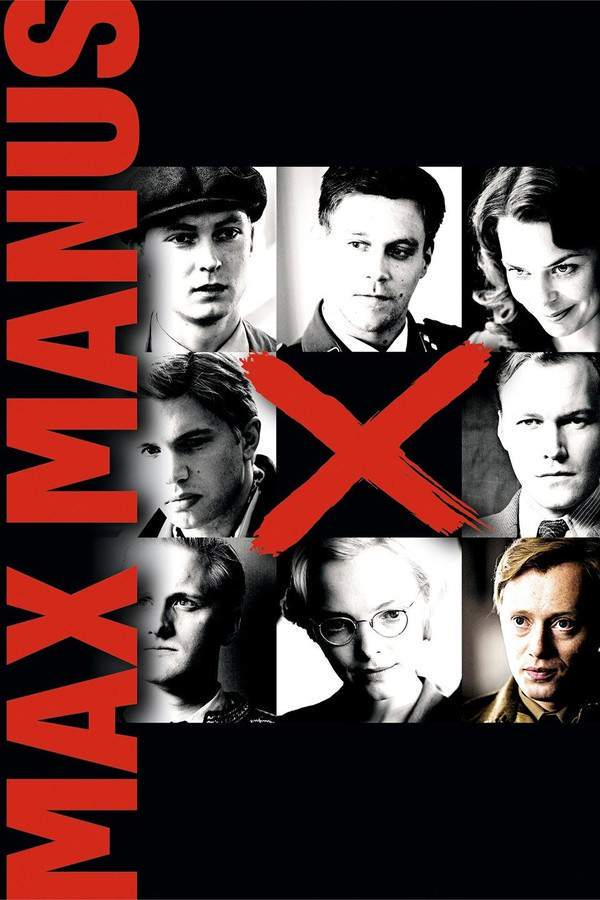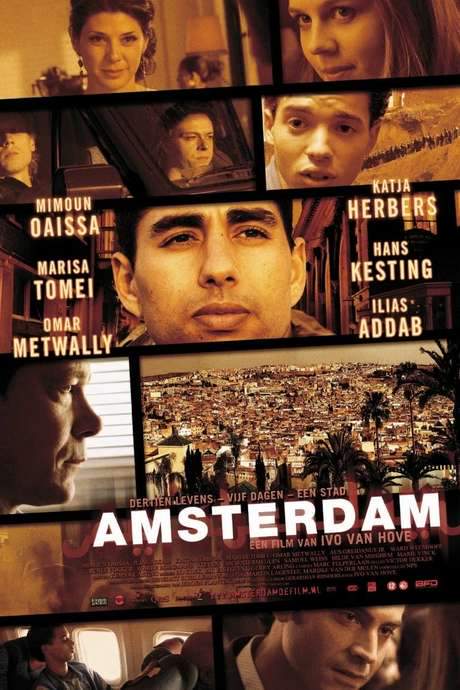
Max Havelaar
Year: 1976
Runtime: 170 mins
Language: Dutch
Director: Fons Rademakers
An idealistic Dutch colonial officer stationed in 19th‑century Indonesia believes he can enact reforms that will truly benefit the Javanese people under his authority. However, he soon discovers how disconnected he is from the realities of colonial rule, and his well‑meaning efforts rapidly spiral into deeper disaster.
Warning: spoilers below!
Haven’t seen Max Havelaar yet? This summary contains major spoilers. Bookmark the page, watch the movie, and come back for the full breakdown. If you're ready, scroll on and relive the story!
Timeline & Setting – Max Havelaar (1976)
Explore the full timeline and setting of Max Havelaar (1976). Follow every major event in chronological order and see how the environment shapes the story, characters, and dramatic tension.
Last Updated: October 04, 2025 at 17:55
Main Characters – Max Havelaar (1976)
Meet the key characters of Max Havelaar (1976), with detailed profiles, motivations, and roles in the plot. Understand their emotional journeys and what they reveal about the film’s deeper themes.
Last Updated: October 04, 2025 at 17:55
Major Themes – Max Havelaar (1976)
Explore the central themes of Max Havelaar (1976), from psychological, social, and emotional dimensions to philosophical messages. Understand what the film is really saying beneath the surface.
Last Updated: October 04, 2025 at 17:55
Unlock the Full Story of Max Havelaar
Don't stop at just watching — explore Max Havelaar in full detail. From the complete plot summary and scene-by-scene timeline to character breakdowns, thematic analysis, and a deep dive into the ending — every page helps you truly understand what Max Havelaar is all about. Plus, discover what's next after the movie.
Max Havelaar Summary
Read a complete plot summary of Max Havelaar, including all key story points, character arcs, and turning points. This in-depth recap is ideal for understanding the narrative structure or reviewing what happened in the movie.

Similar Movies to Max Havelaar
Discover movies like Max Havelaar that share similar genres, themes, and storytelling elements. Whether you’re drawn to the atmosphere, character arcs, or plot structure, these curated recommendations will help you explore more films you’ll love.
Explore More About Movie Max Havelaar
Max Havelaar (1976) Plot Summary & Movie Recap
Max Havelaar (1976) Scene-by-Scene Movie Timeline
Max Havelaar (1976) Spoiler-Free Summary & Key Flow
Movies Like Max Havelaar – Similar Titles You’ll Enjoy
Max Manus (2010) Full Movie Breakdown
De Scheepsjongens Van Bontekoe (2007) Detailed Story Recap
The van Paemel Family (1986) Complete Plot Breakdown
The Good Hope (1986) Detailed Story Recap
De Vlaschaard (1983) Story Summary & Characters
Going Home (1993) Movie Recap & Themes
Outcast of the Islands (1951) Movie Recap & Themes
The Flying Dutchman (1995) Movie Recap & Themes
Max & Jeremie (1992) Ending Explained & Film Insights
November 1828 (1979) Detailed Story Recap
Amok (1934) Story Summary & Characters
Max Manus: Man of War (2008) Full Movie Breakdown
Fair Wind to Java (1953) Ending Explained & Film Insights
Max and the Junkmen (1971) Full Movie Breakdown
Amsterdam (2009) Film Overview & Timeline

















